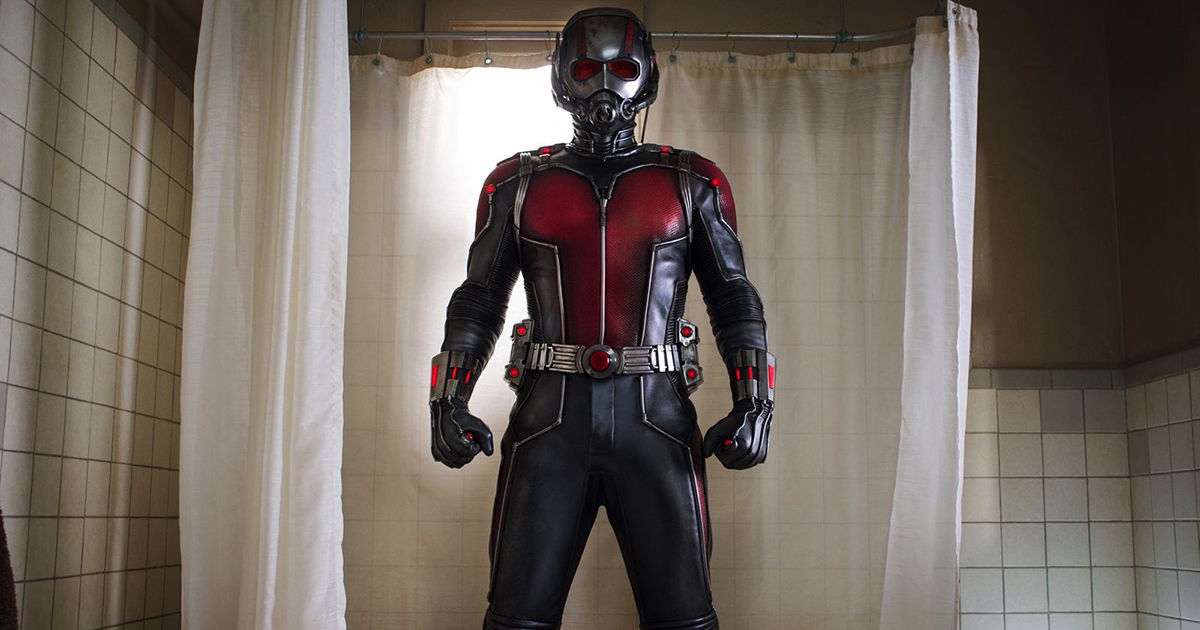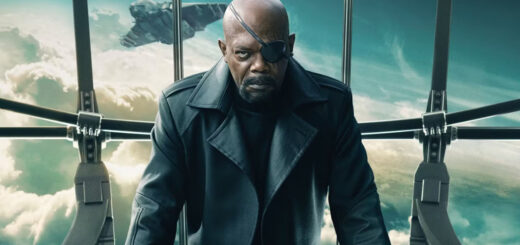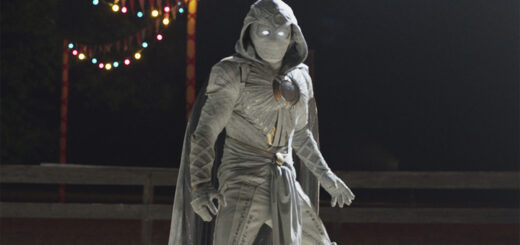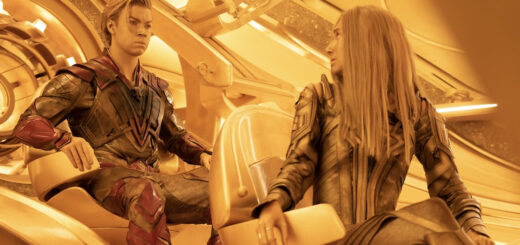The Unstoppable Ant-Man: A Marvel Hero in Miniature

When we think of superheroes, we often imagine towering figures with immense strength and otherworldly powers. However, Marvel’s Ant-Man defies these expectations by showcasing that size doesn’t matter when it comes to heroism. Let’s delve into the fascinating world of Ant-Man, exploring his origins, powers, and the various incarnations that have captivated fans for decades.
Origins of Ant-Man
Ant-Man first appeared in Tales to Astonish #27 in January 1962, created by the legendary trio of Stan Lee, Larry Lieber, and Jack Kirby. The original Ant-Man, Dr. Henry “Hank” Pym, was a brilliant scientist who discovered a unique set of subatomic particles, which he called “Pym Particles.” These particles allowed him to alter his size, enabling him to shrink to the size of an ant or grow to gigantic proportions.
Pym’s initial discovery was accidental, and his journey to becoming Ant-Man was marked by both scientific curiosity and a desire to combat crime. He developed a special helmet that allowed him to communicate with and control ants, turning them into his tiny allies. Over the years, Hank Pym has taken on multiple superhero personas, including Giant-Man, Goliath, and Yellowjacket, but his identity as Ant-Man remains iconic.
Scott Lang: The Second Ant-Man
The mantle of Ant-Man was later passed to Scott Lang, a character introduced in Avengers #181 in 1979. Unlike Pym, Lang’s journey to becoming Ant-Man was rooted in desperation and redemption. A former electrical engineer turned petty criminal, Scott Lang stole the Ant-Man suit from Hank Pym to save his daughter, Cassie, who was suffering from a heart condition. Pym, recognizing Lang’s noble intentions, allowed him to keep the suit and continue the legacy of Ant-Man.
Scott Lang brought a more relatable and everyman quality to the character. His struggles to balance his life as a single father and a superhero resonated with many fans. Lang’s tenure as Ant-Man has been marked by his involvement with the Avengers and his own solo adventures, showcasing his resourcefulness and bravery.
Powers and Abilities
Ant-Man’s primary ability is size manipulation, made possible by Pym Particles. This power grants him incredible versatility in combat and problem-solving. While shrinking, Ant-Man retains his full human strength, making him a formidable opponent despite his diminutive size. This ability also allows him to evade detection, infiltrate secure locations, and surprise his enemies.
In addition to size manipulation, Ant-Man’s helmet enables him to communicate with and control ants. These insects become valuable allies, assisting him in various tasks and even forming large structures to help him traverse different environments.
When Ant-Man grows to giant size, a form known as Giant-Man, he gains proportional strength and durability, turning him into a colossal powerhouse. This dual capability of shrinking and growing makes Ant-Man one of the most adaptable heroes in the Marvel Universe.
Ant-Man in Popular Culture
Ant-Man’s popularity surged with the release of the Marvel Cinematic Universe (MCU) films. Portrayed by Paul Rudd, Scott Lang made his MCU debut in Ant-Man (2015), directed by Peyton Reed. The film’s blend of humor, heist elements, and heartfelt moments endeared Lang to audiences. Rudd’s charismatic performance and the film’s innovative visual effects brought Ant-Man’s powers to life in spectacular fashion.
The sequel, Ant-Man and The Wasp (2018), continued to explore Lang’s character and introduced Evangeline Lilly as Hope van Dyne, the Wasp. This dynamic duo showcased the importance of teamwork and expanded the possibilities of size manipulation in thrilling new ways.
Ant-Man also played a crucial role in the events of Avengers: Endgame (2019), where his knowledge of the Quantum Realm became pivotal to the Avengers’ plan to undo the snap caused by Thanos. This involvement solidified Ant-Man’s significance within the broader MCU narrative.
The Legacy of Ant-Man
Ant-Man’s enduring appeal lies in his unique powers, compelling character arcs, and the theme of redemption that runs through his stories. Both Hank Pym and Scott Lang have shown that heroism comes in many forms and sizes. Whether it’s Pym’s scientific brilliance or Lang’s determination to protect his loved ones, Ant-Man exemplifies that courage and ingenuity can triumph against overwhelming odds.
As Marvel continues to expand its cinematic and comic book universe, Ant-Man’s legacy will undoubtedly grow. New stories, characters, and adventures will ensure that this pint-sized hero remains a giant in the hearts of fans worldwide.
In conclusion, Ant-Man is a testament to the idea that greatness isn’t defined by physical stature but by the strength of character and the willingness to do what’s right. From the comic book pages to the silver screen, Ant-Man continues to inspire and entertain, proving that sometimes, the smallest heroes can make the biggest impact.

























